pi-rads 4 active surveillance
When the followed-up lesion develops into carcinoma the surveillance is discontinued and the urologist actively. PI-RADS 4 and 5 mandate biopsy as they infer a high risk of cancer.
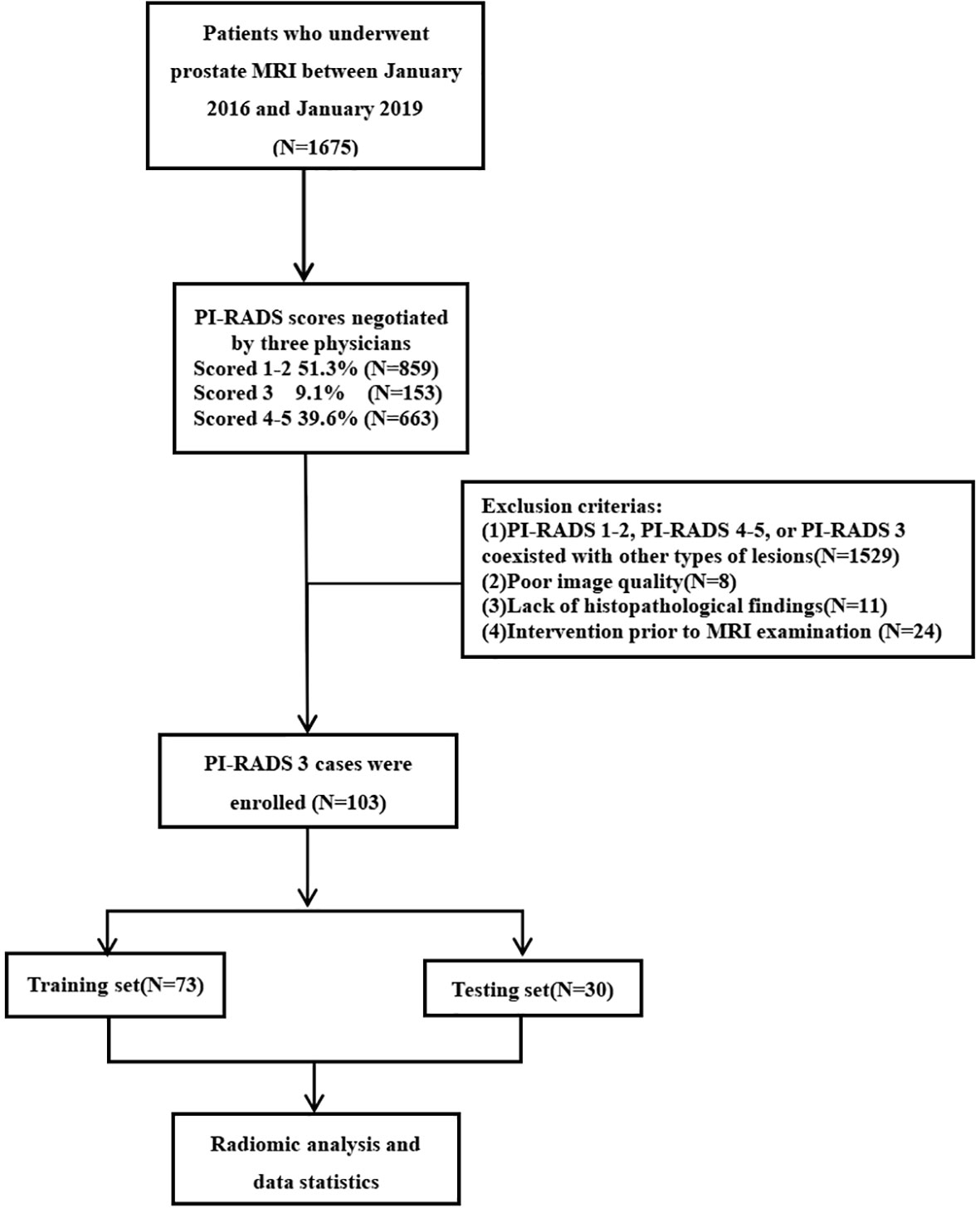
Frontiers Utility Of Clinical Radiomic Model To Identify Clinically Significant Prostate Cancer In Biparametric Mri Pi Rads V2 1 Category 3 Lesions Oncology
49 percent for a PI-RADS score of 4 or 5.
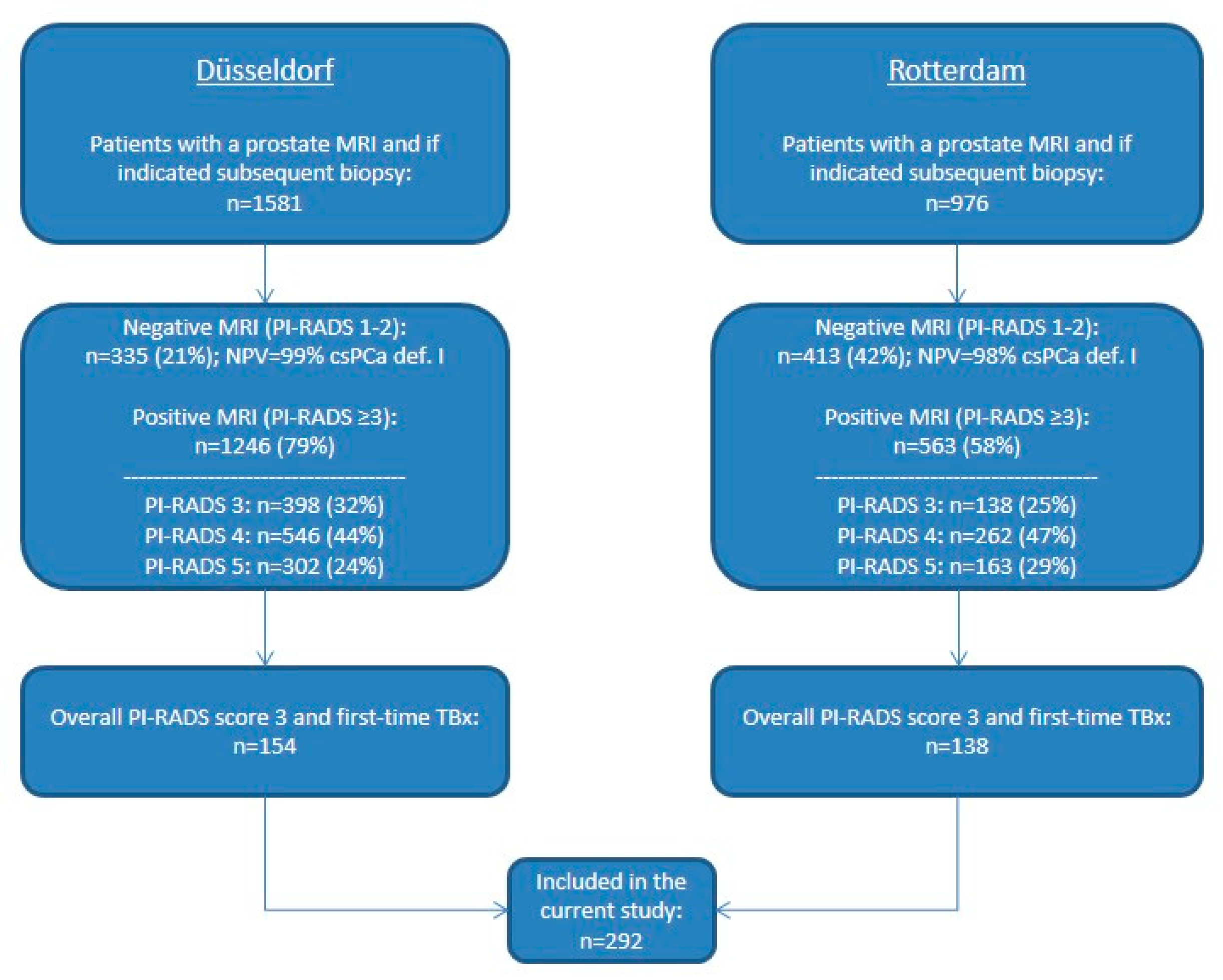
. Results Overall the PCa detection rate in PI-RADS-4 patients was 62 119193 with DCE and 52 101193 without the inclusion of lesions upgraded on the basis of DCE. Furthermore in a series of 113 men enrolled in AS a PI-RADS 4 and 5 lesion on MRI correlated with a high risk of AS ineligibility of 45 and 100 respectively 17. 2127 The authors showed that the absence of a PI-RADS 4 or 5 lesion had a negative predictive value of 96 for the absence of PCa up staging at surgery defined as pathological staging pT3a or.
As recently discussed in. PI-RADS 4 and 5 lesions are being increasing correlated with intermediate and high-grade prostate cancer. Up to 10 cash back In high-risk patients with PI-RADS 4 and 5 lesions fractal analysis might allow differentiation of high-grade cancer thus streamlining clinical management.
Feb 22 2019 524 PM. Compared with SB TB of PI-RADS 4 and 5 lesions detected 58 more Gleason 347 or higher cancers 86 vs 28 and was associated with increased odds of upgrading in multivariable analysis. Background Active surveillance AS is the recommended treatment option for low-risk prostate cancer PC.
You cant actually be on active surveillance until you have a diagnosis but you can regularly monitor your PSA. The medical records of the patients who had undergone mpMRI before radical prostatectomy from 2014 to. Most of the current active surveillance criteria published in the literature were based on.
PCRIs Alex asks questions from our helpline and YouTube comments on the topics of PI-RADS Gleason 347 when the percentage of 4 is less than 10 and acti. Active Surveillance PiRads from 4 to 5. 48 92193 had.
Thus it has to do with interpreting the likelihood of cancer depending on what the images show. PI-RADS 4 and 5 lesions are being increasing correlated with intermediate and high-grade prostate cancer. Active Surveillance is not suitable in intermediate-risk disease.
Active urveilla vce vo ore _ 2 patients with intermediate-risk prostate cancer are not suitable for AS. Most likely although the far majority of these men were diagnosed on the basis of traditional systematic biopsy sampling this technique apparently. The Gleason scale ranges from 1 to 5 where 1 indicates no cancer at all and 5 indicates very aggressive disease.
Diagnosed April 2018 On AS -- Recently PSA went from 898 to 938 10 months and 3tMRI showed no change in lesion size but PiRads went from 4 to 5. Clinically significant cancer is unlikely to be present. We investigated the utility of multiparametric magnetic resonance imaging mpMRI using Prostate Imaging Reporting and Data System version 2 PI-RADSv2 scoring in patients with prostate cancer eligible for active surveillance AS.
Individuals who had active surveillance strategies with annual MRI yielded the highest QALY of 1619 compared to active surveillance with no MRI 1614 QALY and watchful waiting 1594 QALY. Biopsy in lesions with PI-RADS scores of 4 or greater is likely the most cost-effective AS. Can Urol Assoc J 9171178.
However a PI-RADS 3 lesion on. No accumulation or free fluids within the abdominalpelvis cavity. Also most clinicians will perform MRI-guided biopsy of PI-RADS 45 lesions in active surveillance patients prior to proceeding with treatment.
Almeida et al reported on 73 patients with low risk PCa defined by the Prostate Cancer Research International. The PI-RADS 4-5 in the PZ were benign in 46 of cases. Clinically significant cancer is highly unlikely to be present.
PI-RADS 1 almost certainly indicates the absence of prostate cancer very low likelihood PI-RADS 2 image characteristics supports a low likelihood of cancer. PI-RADS is a grading system used to interpret an MRI of the prostate to determine if you have prostate cancer or not. Gleaso v Patter v 4.
Morash C Tey R Agbassi C et al 2015 Active surveillance for the management of localized prostate cancer. In that sense PI-RADS is similar but its an interpretation of images not actual cells. Patient in active surveillance for prostate cancer with very high probability of clinically significant cancer PI-RADS 5.
As expected less maximal PI-RADS 5 lesions and more PI-RADS 4 lesions were observed in men on active surveillance reflecting smaller lesions in men already diagnosed with low-risk disease. When follow-up is recommended it is termed active surveillance or watchful waiting continuous imaging and biopsies depending on the medical recommendation. Active Surveillance no more 2 patients with intermediate-risk prostate cancer are not suitable for AS.
PI-RADS is a rating scale for the likelihood that clinically significant prostate cancer PCa is present. It too is based on a score from 1 to 5. Surveillance varies in MRI frequency of follow-up and the Prostate Imaging Reporting and Data System PI-RADS score that would repeat biopsy.
There was no apparent difference between the results when MRIs were carried out using 3 T as compared to 15 T MRI scans and 80 of the scans were carried out using 3 T MRI systems. The authors identified 88 men who had a negative targeted biopsy with 45 undergoing a follow-up mpMRI. As recently discussed in.
As recently discussed in. In light of this the presence of PI-RADS 4 or 5 lesions on men enrolled to AS programs for prostate cancer warrants concern. In light of this the presence of PI-RADS 4 or 5 lesions on men enrolled to AS programs.
It is a 5-number system from least likely to most likely. There are grades 1 to 5 often reported as PI-RADS 1 to 5. The strategy with the highest economic value was an annual MRI using a PI-RADS score of at least 4 out of 5 to do a biopsy instead of PI-RADS of at.
However study on this aspect was limited. Men with PI-RADS 4 or 5 lesions on multiparametric MRI mpMRI are likely to be diagnosed with clinically significant prostate cancer but there is little known about men with a suspicious mpMRI and a negative biopsy. I have Gleason 34 in one spot with a Decipher test indicating a 35 chance of metastasis in 5 yrs.
In case the urologist decides for a percutaneous biopsy it is recommended to obtain additional fragments for the above describe areas.

Flowchart Showing How Final Cohort Was Selected Pi Rads Prostate Download Scientific Diagram

Pi Rads Version 2 Optimal Time Range For Determining Positivity Of Dynamic Contrast Enhanced Mri In Peripheral Zone Prostate Cancer Clinical Radiology

A Comparison Of Image Guided Targeted Prostate Biopsy Outcomes By Pi Rads Score And Ethnicity In A Diverse Multiethnic Population Journal Of Urology
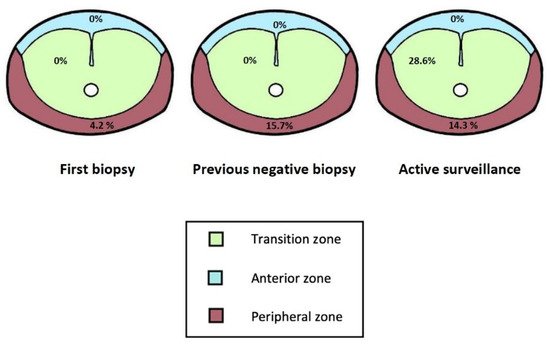
Diagnostics Free Full Text Does Adding Standard Systematic Biopsy To Targeted Prostate Biopsy In Pi Rads 3 To 5 Lesions Enhance The Detection Of Clinically Significant Prostate Cancer Should All Patients With

Artificial Intelligence In Prostate Imaging Advances In Clinical Radiology

Patient Flow Chart For Proposed Pi Rads Mri Directed Biopsy Download Scientific Diagram

Neaua Is Repeat Prostate Biopsy Prior To Treatment Necessary For Active Surveillance Patients With Clinical And Radiographic Findings Suggesting Gleason Grade Progression

December 2016 Detecting Positive Surgical Margins Utilisation Of Light Reflectance Spectroscopy On Ex Vivo Prostate Specimens Light Positivity Vivo

Pi Rads Distribution Of A All Men In Active Surveillance With A Download Scientific Diagram
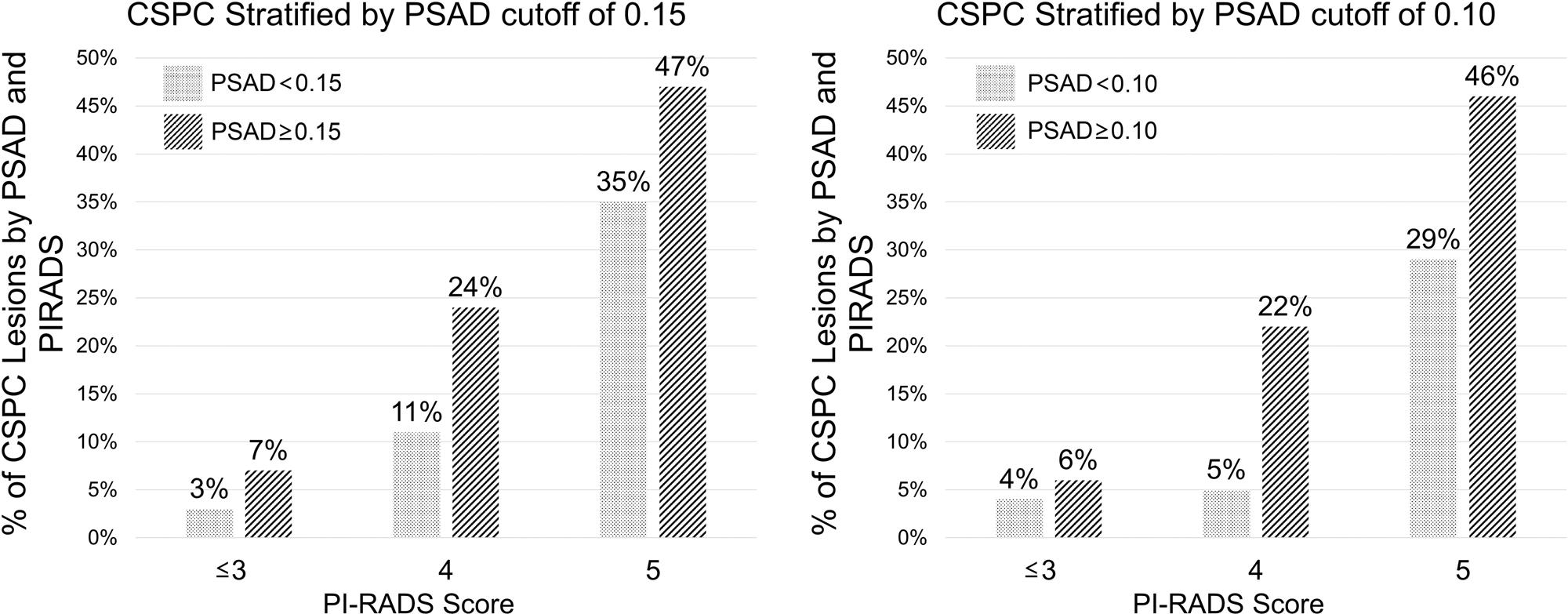
Psa Density Is Complementary To Prostate Mp Mri Pi Rads Scoring System For Risk Stratification Of Clinically Significant Prostate Cancer Prostate Cancer And Prostatic Diseases

Detection And Pi Rads Classification Of Focal Lesions In Prostate Mri Performance Comparison Between A Deep Learning Based Algorithm Dla And Radiologists With Various Levels Of Experience European Journal Of Radiology

Utility Of Multiparametric Magnetic Resonance Imaging With Pi Rads Version 2 In Patients With Prostate Cancer Eligible For Active Surveillance Which Radiologic Characteristics Can Predict Unfavorable Disease Clinical Genitourinary Cancer
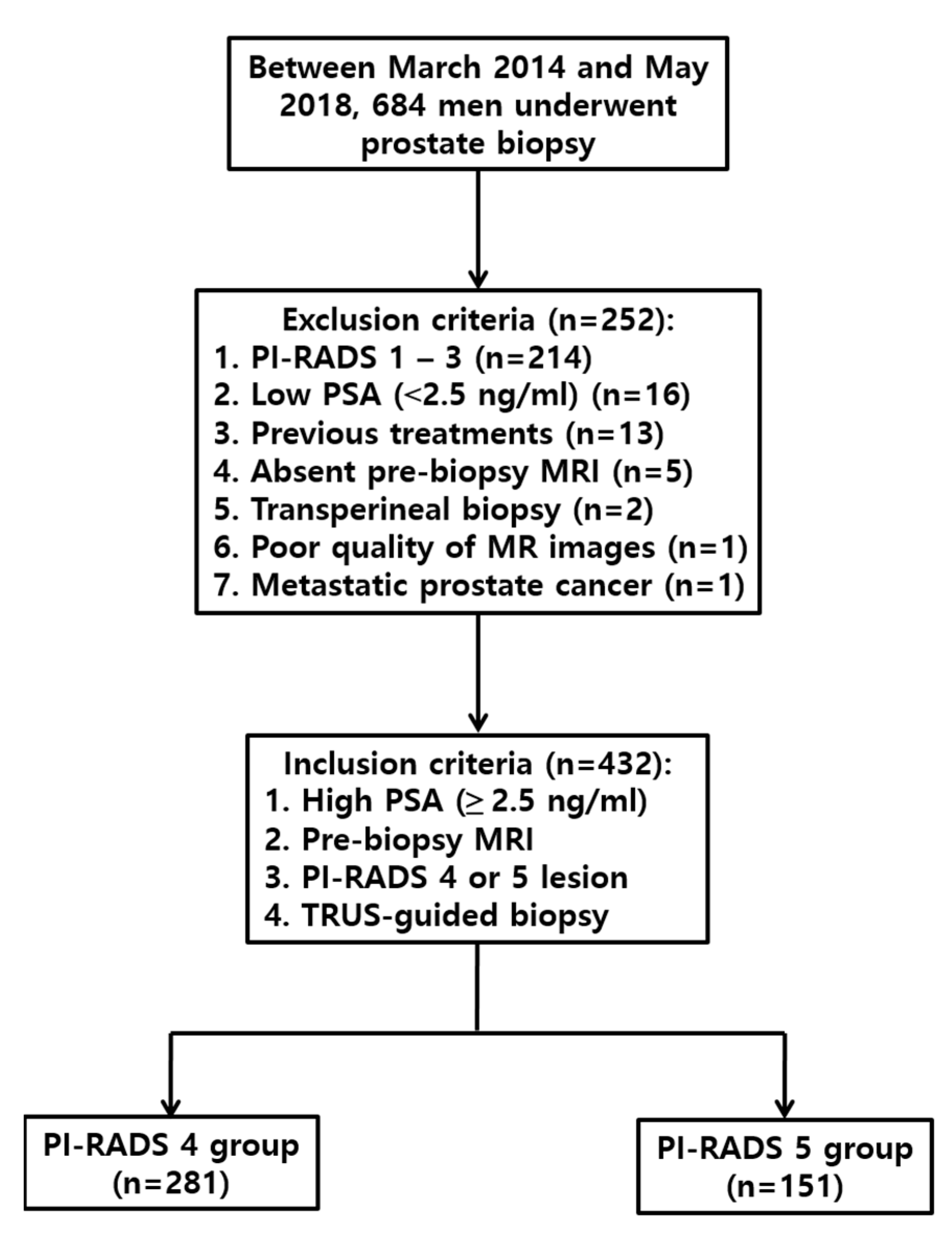
Jcm Free Full Text New Biopsy Techniques And Imaging Features Of Transrectal Ultrasound For Targeting Pi Rads 4 And 5 Lesions Html
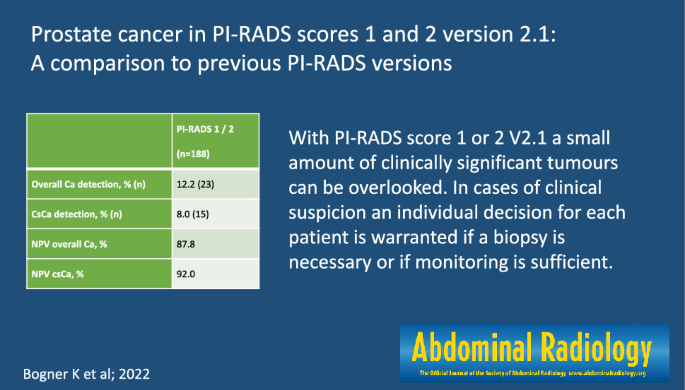
Prostate Cancer In Pi Rads Scores 1 And 2 Version 2 1 A Comparison To Previous Pi Rads Versions Springerlink

Prostate Imaging And Data Reporting System Version 2 As A Radiology Performance Metric An Analysis Of 18 Abdominal Radiologists Journal Of The American College Of Radiology

Association Between Tumor Multifocality On Multi Parametric Mri And Detection Of Clinically Significant Prostate Cancer In Lesions With Prostate Imaging Reporting And Data System Pi Rads Score 4 Urology

Jpm Free Full Text Equivocal Pi Rads Three Lesions On Prostate Magnetic Resonance Imaging Risk Stratification Strategies To Avoid Mri Targeted Biopsies Html

